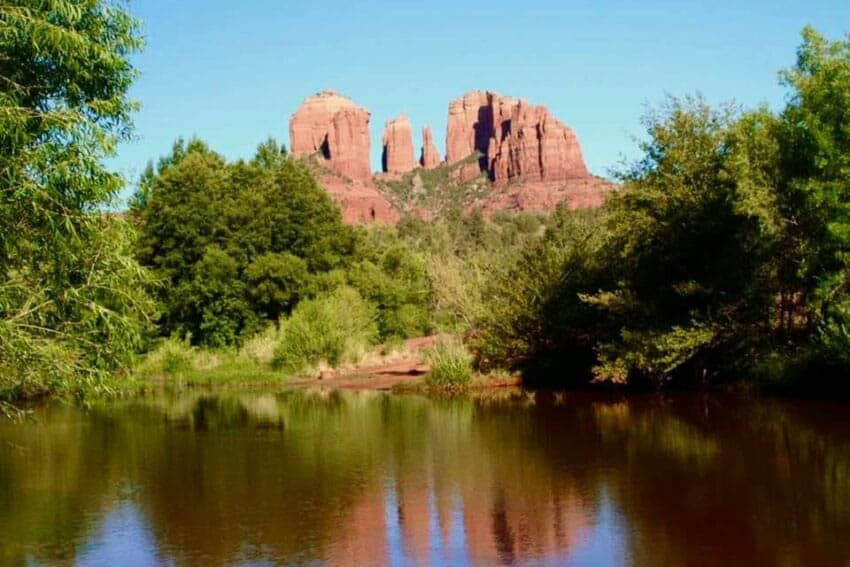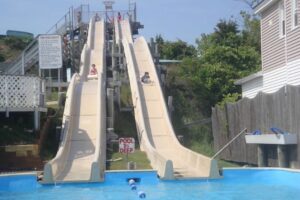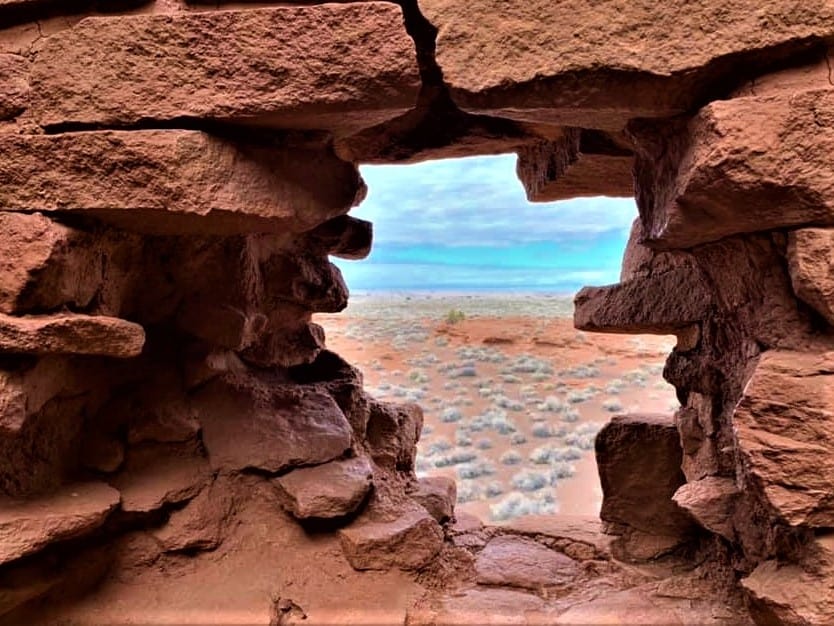
Three Mind-Blowing Flagstaff National Monument Parks
By Noreen Kompanik
Senior Writer
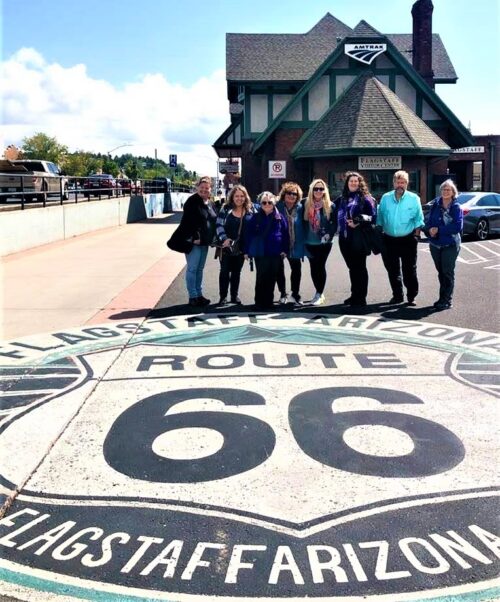
Sometimes you get so surprised by a location, you want to share it with anyone and everyone who will listen.
This was Flagstaff, the gateway to Northern Arizona; a place I found magnificent, intriguing, and totally fascinating. On past trips to the Grand Canyon, we’d seen the road signs for Flagstaff but blew right past, and honestly, never took the time to visit until an opportunity arose for us this fall.
Located on the Colorado Plateau at a 7,000-foot elevation, Flagstaff is nestled at the base of the San Francisco Peaks. We quickly discovered its immense natural beauty.
I immediately fell in love with the charm of this historic Arizona town. Its 70,000 residents enjoy a strong sense of community, superb restaurants, a totally fun brewpub scene, and lovely boutique hotels. But these were just some of the wonderful pieces of the mosaic that made for an incredible long weekend visit.
Our ultimate eye-opener was that this gateway city to the Grand Canyon had wonders all of its own, especially with its national monuments.
They are such a deep and integral part of this very unique and picturesque landscape – something I could never have imagined. To put it mildly, it blew me and my friends away.
And that’s really good because as a lover of travel and adventure, I like to be surprised. And Flagstaff did that, and much more.
Walnut Canyon National Monument
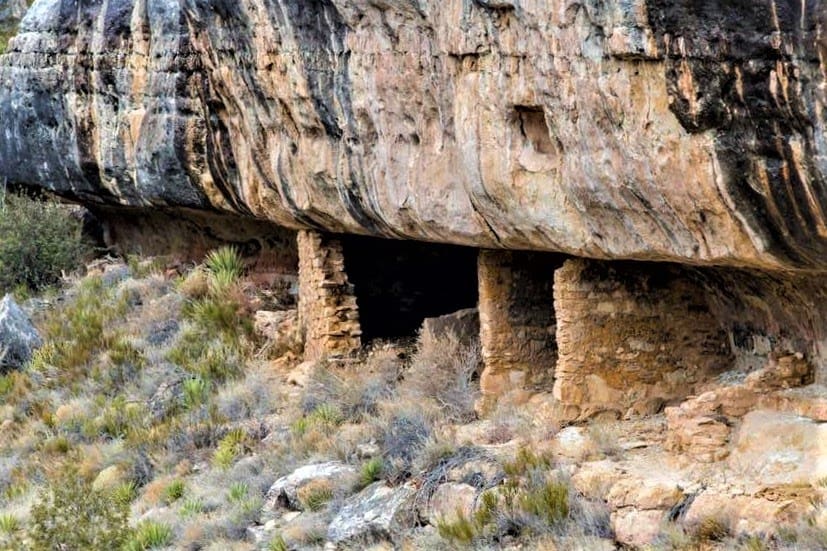
Drawn by the waters of Walnut Creek, the Ancestral Puebloans constructed their homes within this enormous canyon. Though it’s been 800 years since their voices echoed in the gorge, the fascinating history of these Native Americans lives on in the ruins of their cliffside dwellings.

Walnut Canyon contains nine moderate trails ranging from 0.7 to 14.5 miles. To really get a feel for the life of the canyon, you have to intimately explore it.
After chatting with the park ranger at the visitor center, we opted to take the Island Trail. Though it’s only a mile round-trip on a well-paved trail, it is more challenging (and even considered strenuous) given the 7,000-foot elevation and steep steps that descend 185 vertical feet into the canyon. The tough part isn’t going down of course, it’s coming back up.
But for a trip back in time to view 25 ancient cliff-dwelling abodes, this is the way to go. Archeologists believe that it was actually the women who likely built these homes in and near shallow caves eroded into the limestone cliffs by wind and water.
To form the home’s exterior walls, builders gathered roughly-shaped limestone rocks and cemented them with a gold-colored clay found in nearby canyon deposits. Wooden beams reinforced the doorways, and interior walls were plastered with clay.
Surrounded by massive cliffs and impressive landscapes dotted with scrub and pines accented with sheer drop-offs, the setting was almost indescribable.
The day we visited, the weather was picture perfect with sunny, clear skies, and temperatures in the low 70s. Visitors however should always check the weather in preparation for rain or snow that could make the hiking trails much more unstable.
Sunset Crater Volcano National Monument
Every U.S. astronaut who’s ever walked on the moon has trained in Sunset Crater! I had no idea of this fact, but after a visit here, it became very clear why this is the case. And I’m still pinching myself that I actually walked in the footsteps of these astronauts and experienced this other than worldly surreal environment.
Let’s go back in time to the year 1085. The ground began to shake and a volcanic eruption spewed gases and lava so high into the air, it was described as a “curtain of fire.” When the eruption finished, it had forever transformed the landscape and altered the existence of the people who lived here.
The Sinaguan community relocated to nearby areas like Walnut Canyon and Wupatki. But the good news was that the remaining ash and cinders from the eruptions actually enriched the soil – benefiting their farming.
 Today, the 3,040-acre monument area is a reminder of the events which took place over 900 years ago. Time and Mother Nature have a way of correcting disastrous events.
Today, the 3,040-acre monument area is a reminder of the events which took place over 900 years ago. Time and Mother Nature have a way of correcting disastrous events.
Though the ground is covered with lava flows and cinder deposits, wildflowers, pine, aspen trees, and desert vegetation dot the landscape throughout the area, reminding us that life marches on.
The National Monument can be explored by foot, or on wheels. Visitors can drive or bike through the park for an overview of the sites, or hike your way through a series of lava flows and trails.
While it’s such an awe-inspiring place to behold, our group was most fascinated in hearing the Park Ranger stories of how the Apollo program astronauts trained at Sunset Crater in preparation for their lunar landings.
With its loose cinders and hardened lava flows, Sunset Crater Volcano National Monument and the adjoining forest just northeast of Flagstaff proved to be the ideal training grounds for lunar exploration. We marveled that like our astronauts, we were hiking through an other-worldly landscape and standing in the remains of simulated moon craters. It was an experience none of us will ever forget.
For those who plan to visit (and you really have to), make sure to have good hiking shoes and watch your step as these volcanic surfaces can be very sharp – as the astronauts discovered when they ripped their spacesuits. But better to find out here than on the moon!
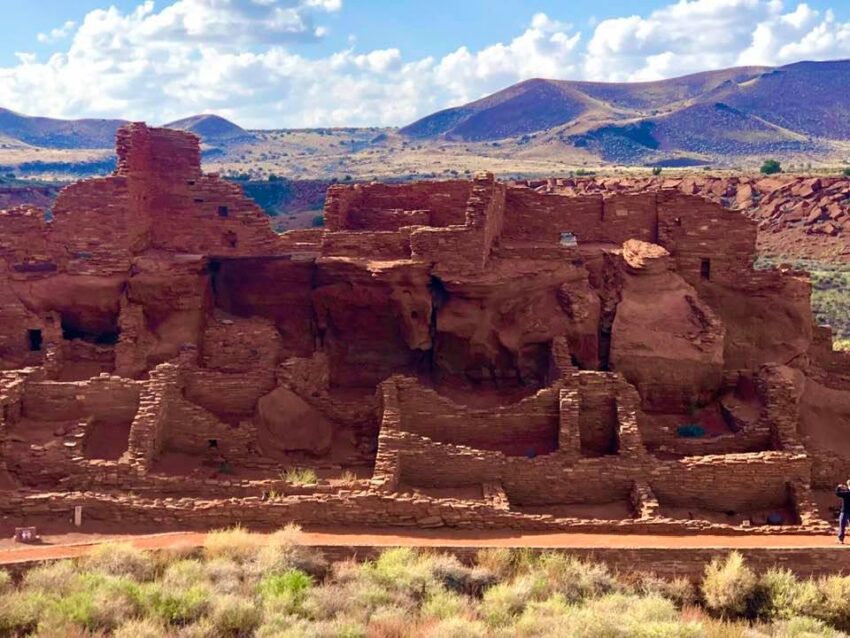
Wupatki National Monument
This ancient Native American monument is home to some of the world’s most intact and culturally-revealing archeological sites. Wupatki features a 110-room pueblo with an ancient ball court and a unique phenomenon known as the Blow Hole. This geologic anomaly is actually an opening in the rock that under certain atmospheric conditions produces blasts of cool air.
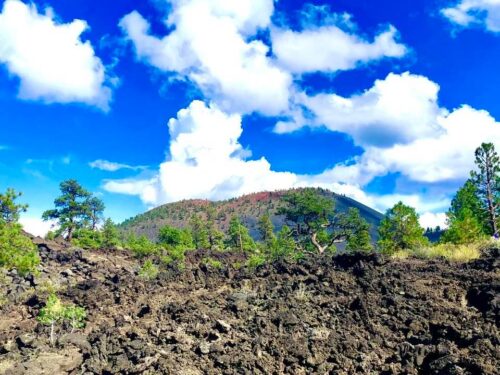
Getting to this monument doesn’t require any real hiking. Wupatki occupies 56 square miles of dry, rugged land on the southwestern Colorado Plateau.
A short self-guided tour at the Wupatki Pueblo begins just steps from the rear of the visitors’ center. Upon seeing the monument, we were absolutely in awe.
The image of this fascinating and picturesque deep-red stone structure covered with a clay-based mortar located on the dry desert floor provides a stark contrast to the bluebird skies above.
Despite weathering and some vandalism, much of the pueblo remains remarkably intact. Archeologists coined the term Sinagua for the cultural tradition of this area, reflecting the people’s ability to farm and live virtually “without water.”
As we strolled around this impressive structure, two ravens, larger than any we’d ever seen before cawed harshly from the highest peaks of the pueblo.
Ravens, a key totem animal for many Native American tribes, represent the balance of life and death, light and dark, good fortune and bad luck. They are also considered secret keepers. This had us wondering what secrets they held of the peoples who once inhabited this mystical land.

A Glimpse of Native American Life
A visit to the Museum of Northern Arizona was the proverbial icing on the cake in truly understanding the life and culture of the Native Americans who once lived and prospered in this often-difficult desert environment.
The museum sits at the base of the San Francisco Peaks on homelands sacred to the Native Americans.
With its amazing collection of artifacts and artwork, the repository honors the past, present, and future generations who’ve lived on the Colorado Plateau for almost a millennium, and will forever call this place home.
One Tale After Another
The indigenous material and natural history specimens the museum showcases tell one fascinating tale after another about the lives of these fascinating peoples.
Founded in 1928, the museum’s mission is to inspire a sense of love and responsibility for the beauty and diversity of the region and its people. The message was received loud and clear as we strolled through the museum with one of the archeological and historical staff members.
We couldn’t have been more impressed with its stirring collections and exhibits. And while the museum didn’t initially appear large, it rambles and branches off into multiple rooms, each more impressive than the one before it.
The museum visit was the perfect way to meld the stories of these inhabitants with the land they loved.
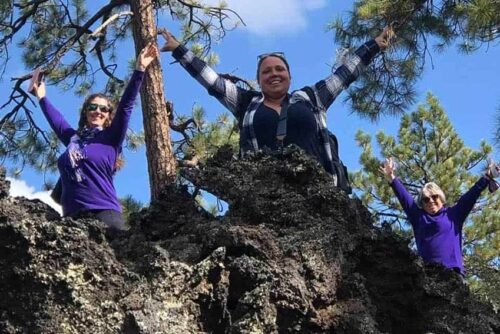
The Earth Speaks
National Park ranger Cecilia Shields says that “The Earth speaks to us through its history.”
I can say without a doubt, that after visiting these three national monuments and museum you can’t help but sense the history that oozes from its rock formations, pueblos, and cliff dwellings.
If we didn’t already feel drawn to the magic of this spectacular area, we watched the sun begin to set beyond the horizon setting the sky ablaze in a painter’s palette of color.
We were indeed in the aptly-named Painted Desert of Northern Arizona.
It’s as if Mother Nature (or the spirits of the Native Americans) wanted to bless us with their gifts of beauty so we’d never forget our visit to this incredibly stunning and picturesque world.
- Knysna: A Stunning South African Surprise - December 13, 2023
- Nantes, the Pride of Brittany, France - July 25, 2023
- Paso Robles: Perfect Blend of Scenic Beauty and Wine Delights - June 15, 2023




